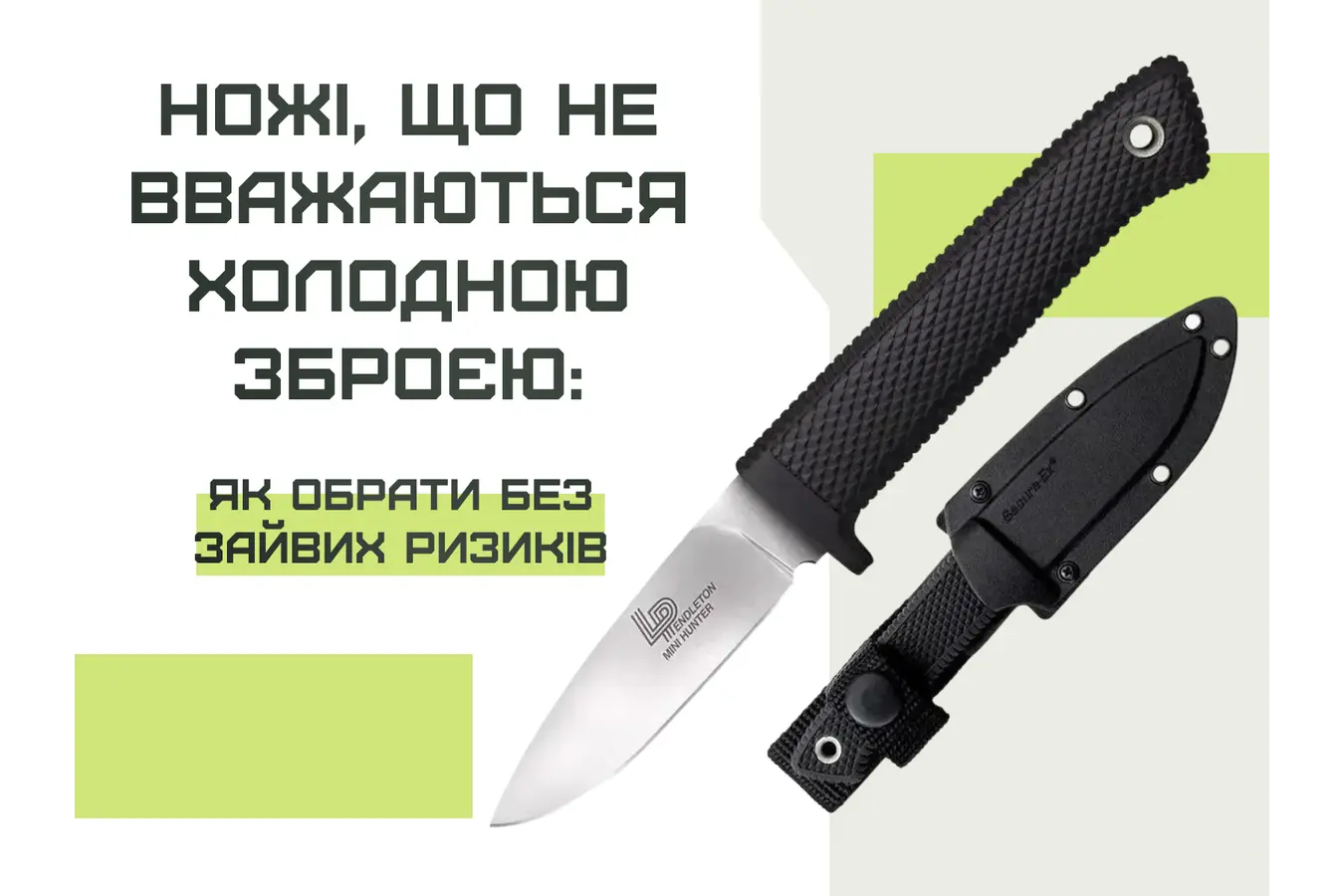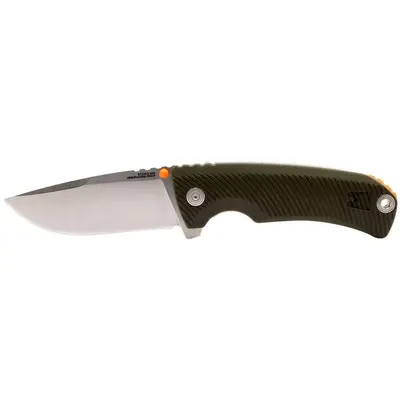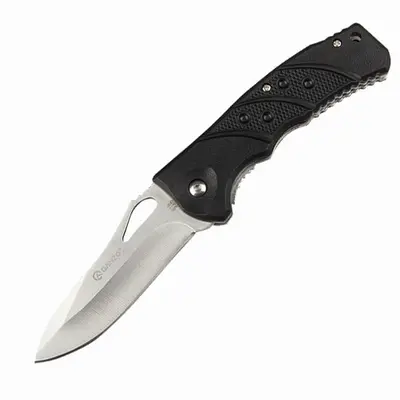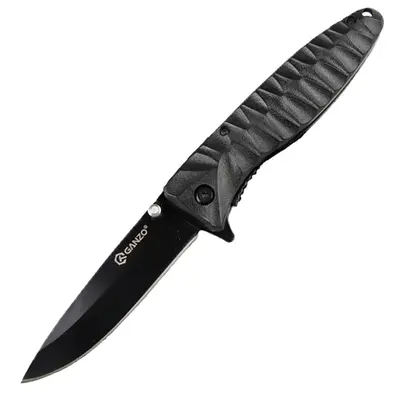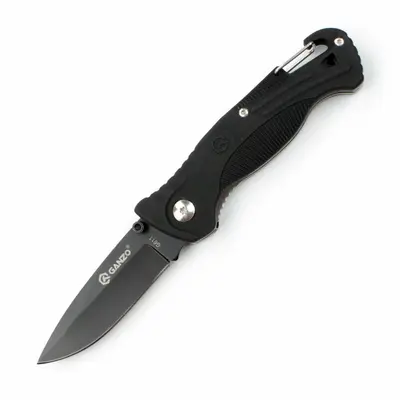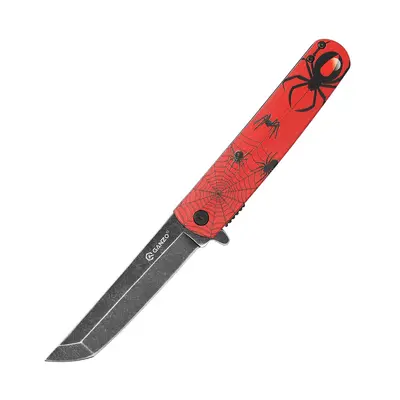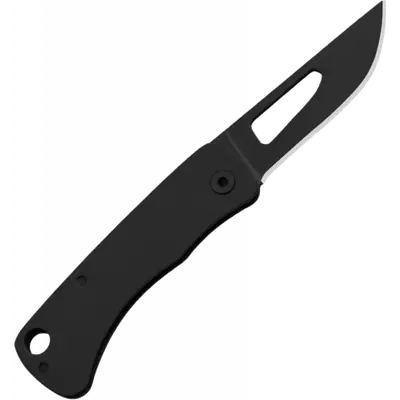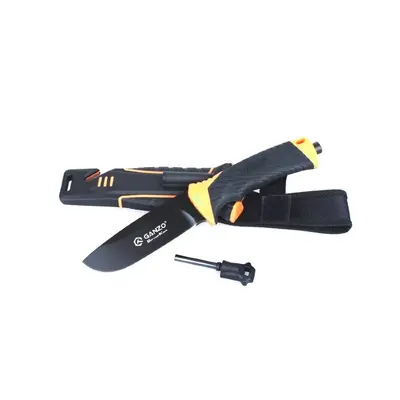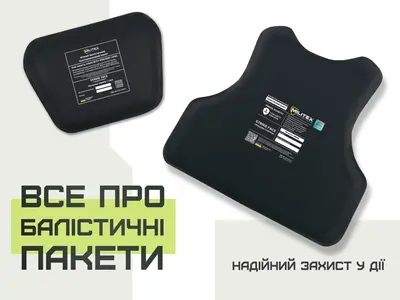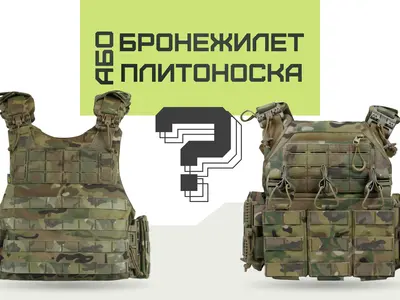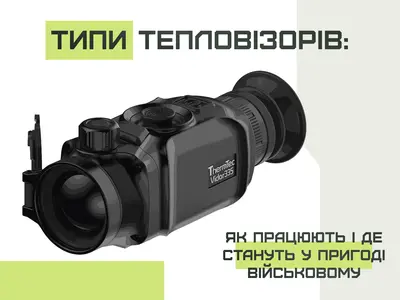When you buy a knife for fishing or tourism, you involuntarily ask yourself: "What if there are problems?" Let's figure out which knife is considered a cold weapon, and which can be carried without special permission and bought at a military equipment store .
Parameters that define cold weapons
For a knife to be classified as a cold weapon, it must meet all three criteria at the same time. If even one of them doesn't fit, you can sleep peacefully.
Length. The blade must be at least 90 millimeters from the tip to the point where the handle begins. Measure from the tip to the stop. Less than 90 mm is no longer a weapon, but an ordinary tool.
Butt thickness. This is the part of the blade opposite the cutting edge. It should be at least 2.6 mm. If thinner, it's fine. Most kitchen and fillet knives do not fall under the restrictions precisely because of this parameter.
Limiter. There should be either a pronounced guard (like combat knives), or special finger grooves with a depth of 5 mm or more. If the handle is smooth, without any stops, this is already a plus in your favor.
If a knife does not meet any of these parameters, it is not considered a cold weapon.
What knives can you buy without hesitation?
Folding knives with a small blade are the safest option. Most of them have a blade up to 85 mm, so there will be no problems. Plus, they are convenient to carry and do not take up space.
Medium-sized touring models are also usually safe. Manufacturers understand the law and specifically make the parameters so that there are no problems. Look for the specifications on the packaging or on the website.
Kitchen knives are a whole different story. Even large butcher knives rarely meet all three criteria. They usually have either a thin butt or no stop.
Working tools with documents are an ideal option. If there is a certificate of industrial and economic purpose, then even with certain parameters the knife will not be recognized as a weapon. Such papers come with high-quality hunting and fishing knives.
Which knife to choose?For most tasks of a tourist and fisherman, a knife with a blade of 70-80 mm is enough. And in nature, you can cut everything, and there is no hassle. Why take more if you can get by with less? Pay attention to the product description. Honest sellers always write the length of the blade and the thickness of the butt. If this data is not available, it is better to ask. Or look for another store where they treat customers more responsibly.
When you buy an expensive knife, don't throw away the box and documents. Keep the receipt too. There are different situations, and it's better to have confirmation that you bought it legally, and not from someone else's hands somewhere in the market. If you have doubts about a specific model, ask the seller directly. Experienced specialists in knife stores know the legislation and will tell you what you can take without risk.
Correct operation
Even if your knife is 100% legal, it's no reason to wave it at people or scare someone. Threatening with any object can get you in real trouble with the law. A knife is a tool, not a toy. Legislation changes sometimes. What's relevant today may be supplemented with some nuances a year later. Therefore, if you're buying something serious and expensive, it doesn't hurt to check occasionally to see if anything new has appeared.
If you plan to carry a knife in your car, keep it in the trunk with your other hiking or fishing gear. This way it's clear that it's a recreational tool, not something suspicious.
If you are looking for a knife for tourism, choose one with a blade less than 90 mm or a butt thinner than 2.6 mm. This is the easiest way to avoid unnecessary questions. Most models in stores are just like that. If you need a larger and stronger tool, choose models with documents on economic use. A little more expensive, but you can rest assured.
